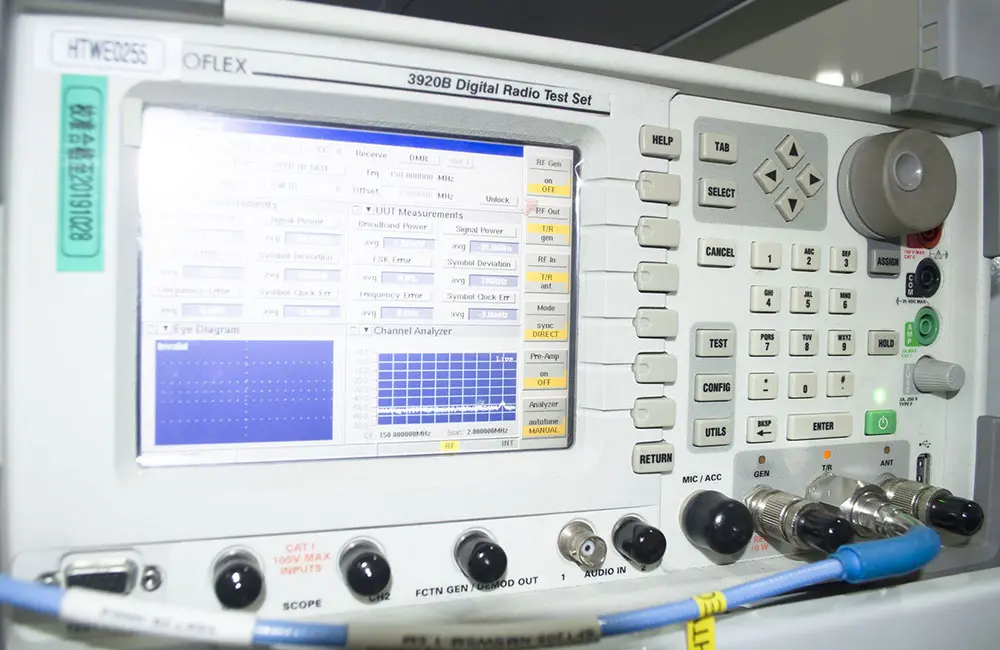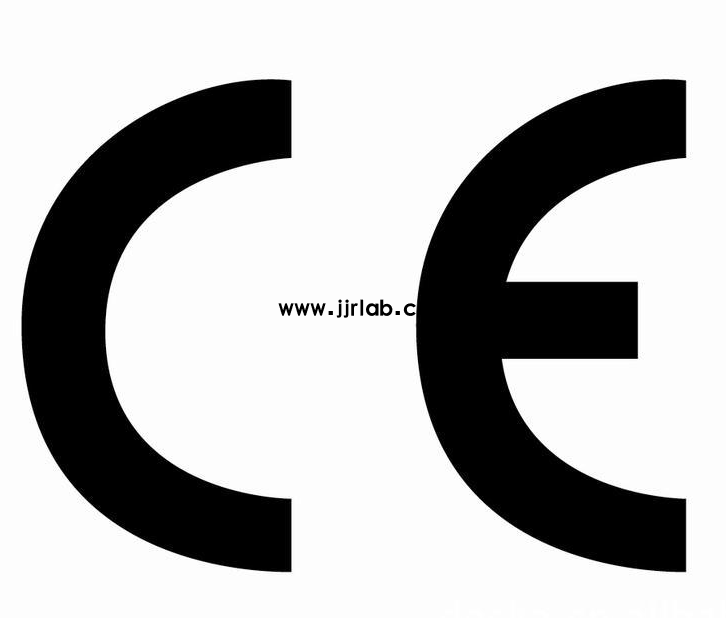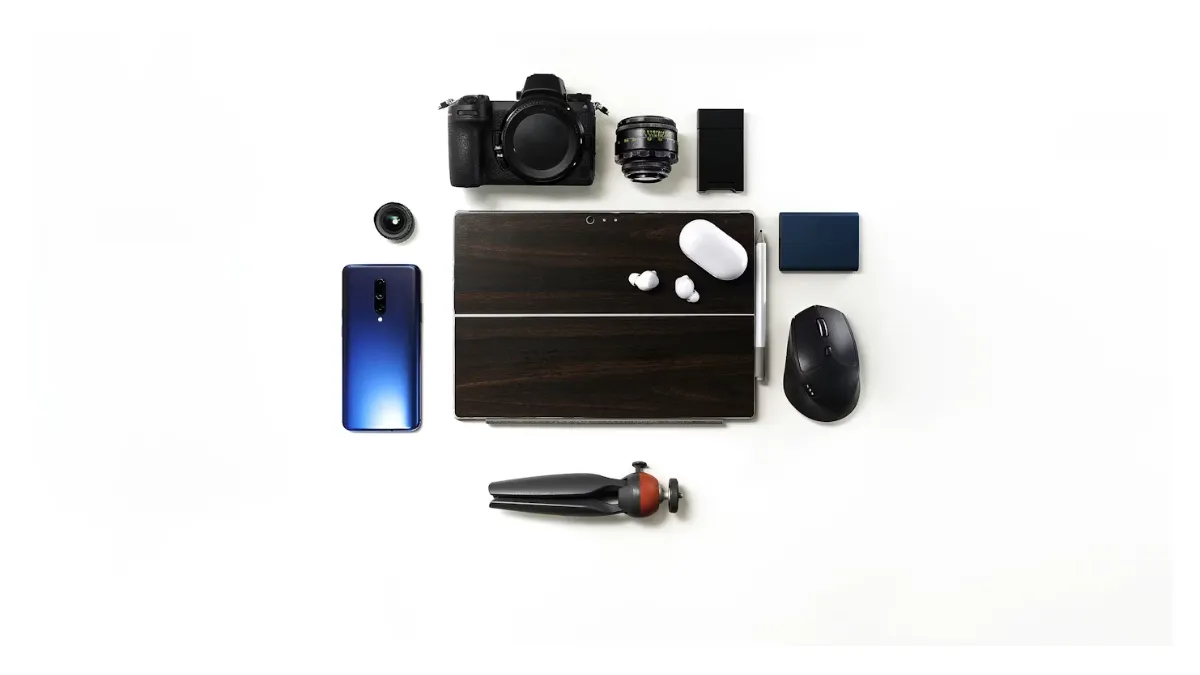
Amazon Electric Bicycle UL2849 & 16CFR1512 Testing
With social development and technological progress, electric bicycles (e-bikes) have become widely popULar around the world. They not only help REDuce traffic congestion but also offer energy-saving and environmentally friendly advantages. In this context, safety testing for electric bicycles is particularly important to ensure that no unforeseen safety hazards occur during use.
To ensure the safety of electric bicycles during use, the U.S. National Safety Agency (NSAR) established the UL 2849 standard. The purpose of this standard is to conduct safety testing on the components and design of electric bicycles. UL 2849 specifies the safety testing and reporting standards for electric bicycles, including assessments of electrical safety, mechanical safety, and safety design.

Amazon Product Review
For electronic products sold by sellers, such as electric bicycles, as well as other items like emergency car power supplies, string lights, low-voltage lighting, hand warmers, hair dryers, smoke alarms, smoke detectors, electric blankets, remote-controlled drones, beauty instruments, electric toys, heating pads, wireless chargers, data cables, heaters, electric toothbrushes, computer peripherals, hubs, speakers, headphones, air purifiers, vacuum cleaners, barbecue grills, fans, electric bicycles, electric balance bikes, electric scooters, and power adapters, relevant ul testing standards must be provided.
16 CFR PART 1512 or EN 15194
On May 13, 2011, after fully considering comments from the bicycle industry and consumers, the U.S. Consumer Product Safety Commission (CPSC) decided to publish the 16 CFR PART 1512 requirements for bicycles in the Federal Register, and the standard officially came into effect on June 13, 2011.
If you list adult bicycles, children's bicycles, electric vehicles, or other similar products on Amazon's U.S. platform, you must upload the 16 CFR 1512 test report. Otherwise, Amazon may remove your product listings, impose fines, and other penalties.
Regulatory/Standard Requirements:
- Electric Bicycle: 16 CFR Part 1512 (Bicycle Requirements)
- ANSI/CAN/UL 2849 (Electric Bicycle Electrical System Standard)
- ANSI/CAN/UL 2272 (Personal Electric Ride-on Device Electrical System Standard)
- EN 15194 (European Electric Bicycle Safety Standard)
UL2849 Test Report
Testing:
- Electrical Tests: Short Circuit Test, Overcharge and Overdischarge Test, Imbalanced Charging Test, Forced Discharge Test, Abnormal Operation - Component Failure Test, Operating Temperature Rise Test, Insulation Resistance Test, Leakage Current Test, Ground Continuity Test, Input Test
- Mechanical Tests: Vibration Test, Impact Test, Compression Test, Drop Test, Collision Test, Molded Stress Relief Test, Handlebar Load Test, Motor Overload Stalled Test, Cable Stress Relief Test
- Environmental Tests: Water Exposure Test (IP Code + Water Immersion), Temperature Cycle Test, Thermal Shock Test, Label Scrub Test, Combustion Projection Test, Electric Drive Control Test (UL 2849 only), Start Assist Mode Test, Reverse Pedal Test, Pedal Stop Test, Brake Cut-off Test, Maximum Speed Cut-off Test
Electric Bicycle Test Report Process:
1. Complete the application form;
2. Provide sample for testing;
3. Arrange laboratory testing;
4. Draft the test report if successful;
5. Confirm the final report.
Email:hello@jjrlab.com
Write your message here and send it to us
 How to Test IP68 Rating
How to Test IP68 Rating
 Differences Between FDA and LFGB for Food Contact
Differences Between FDA and LFGB for Food Contact
 Process and Precautions for Amazon CPC Certificate
Process and Precautions for Amazon CPC Certificate
 E-mark Certification Testing Service Laboratory
E-mark Certification Testing Service Laboratory
 Amazon ISO/IEC 17025 UL Testing Service Laboratory
Amazon ISO/IEC 17025 UL Testing Service Laboratory
 How to get CE Certification for Lighting Products?
How to get CE Certification for Lighting Products?
 CE Certification Standards & Process for Elect
CE Certification Standards & Process for Elect
 Japan METI Registration & Japanese Agent Servi
Japan METI Registration & Japanese Agent Servi
Leave us a message
24-hour online customer service at any time to respond, so that you worry!




